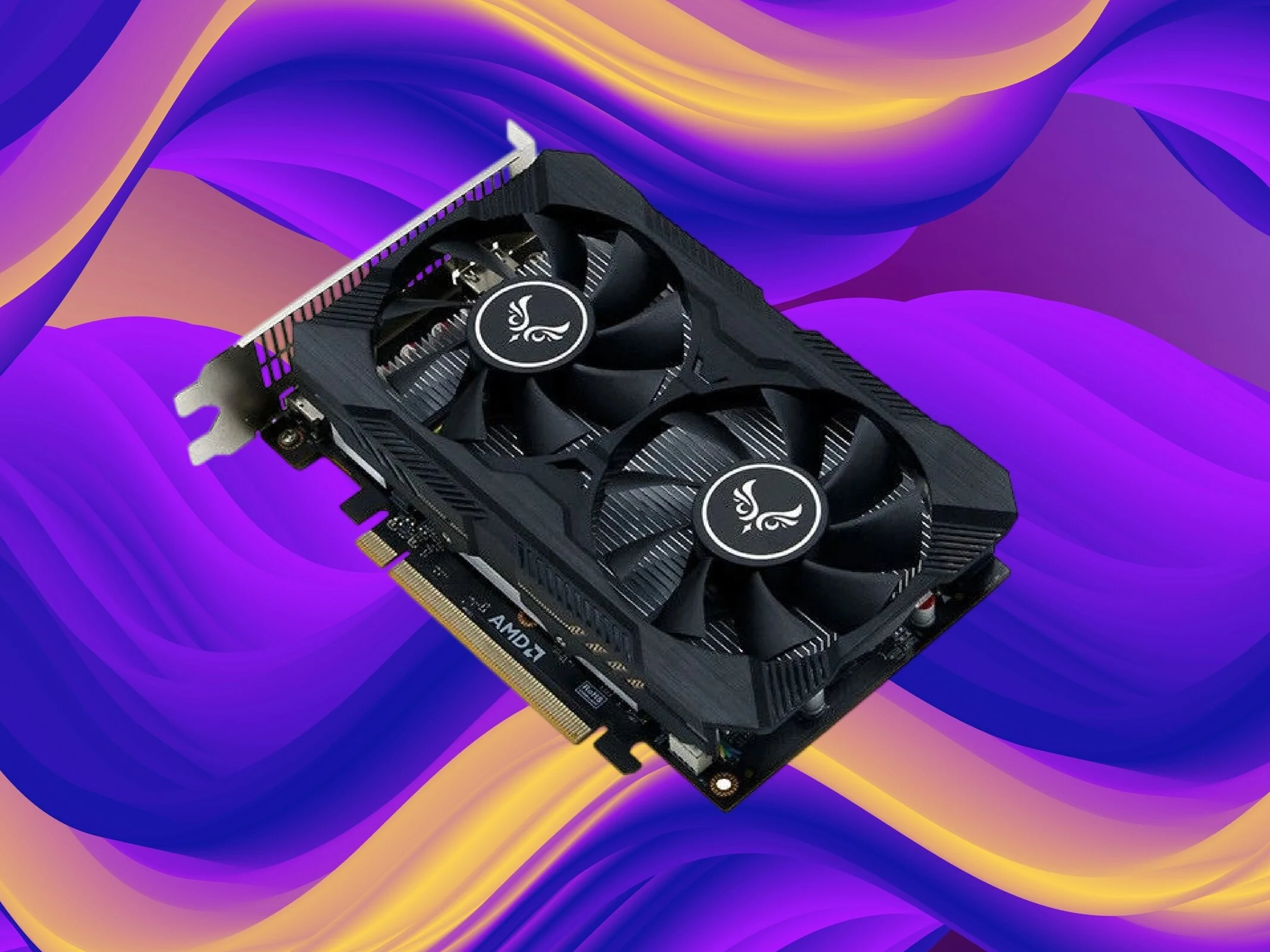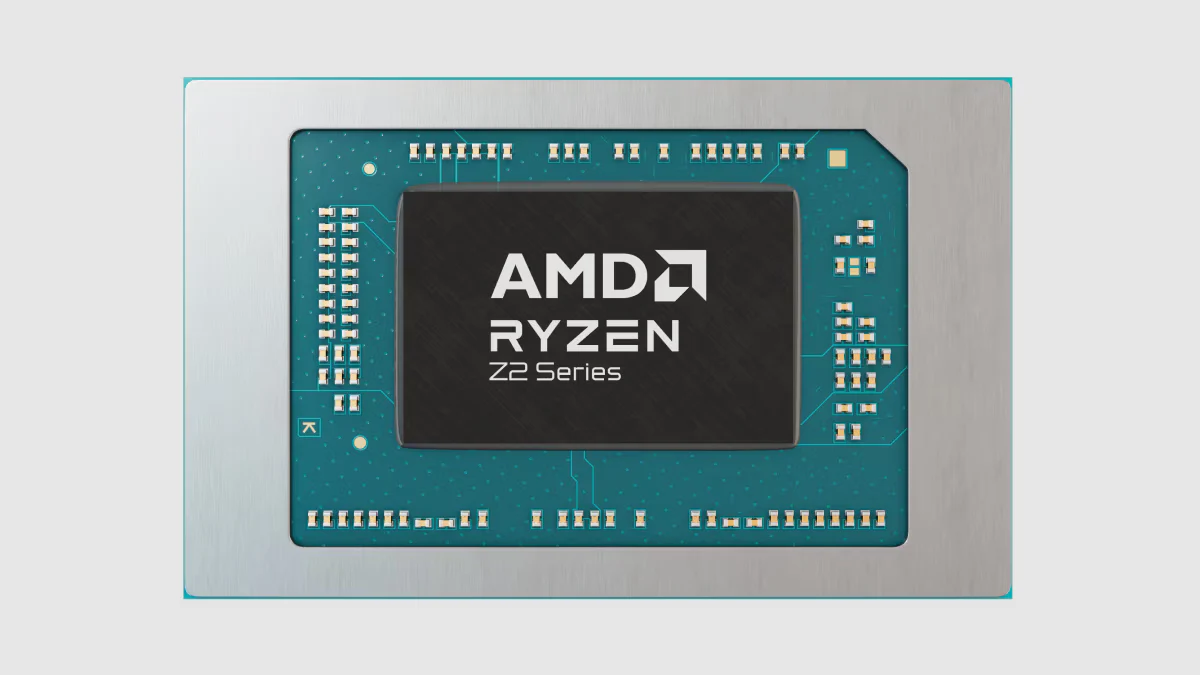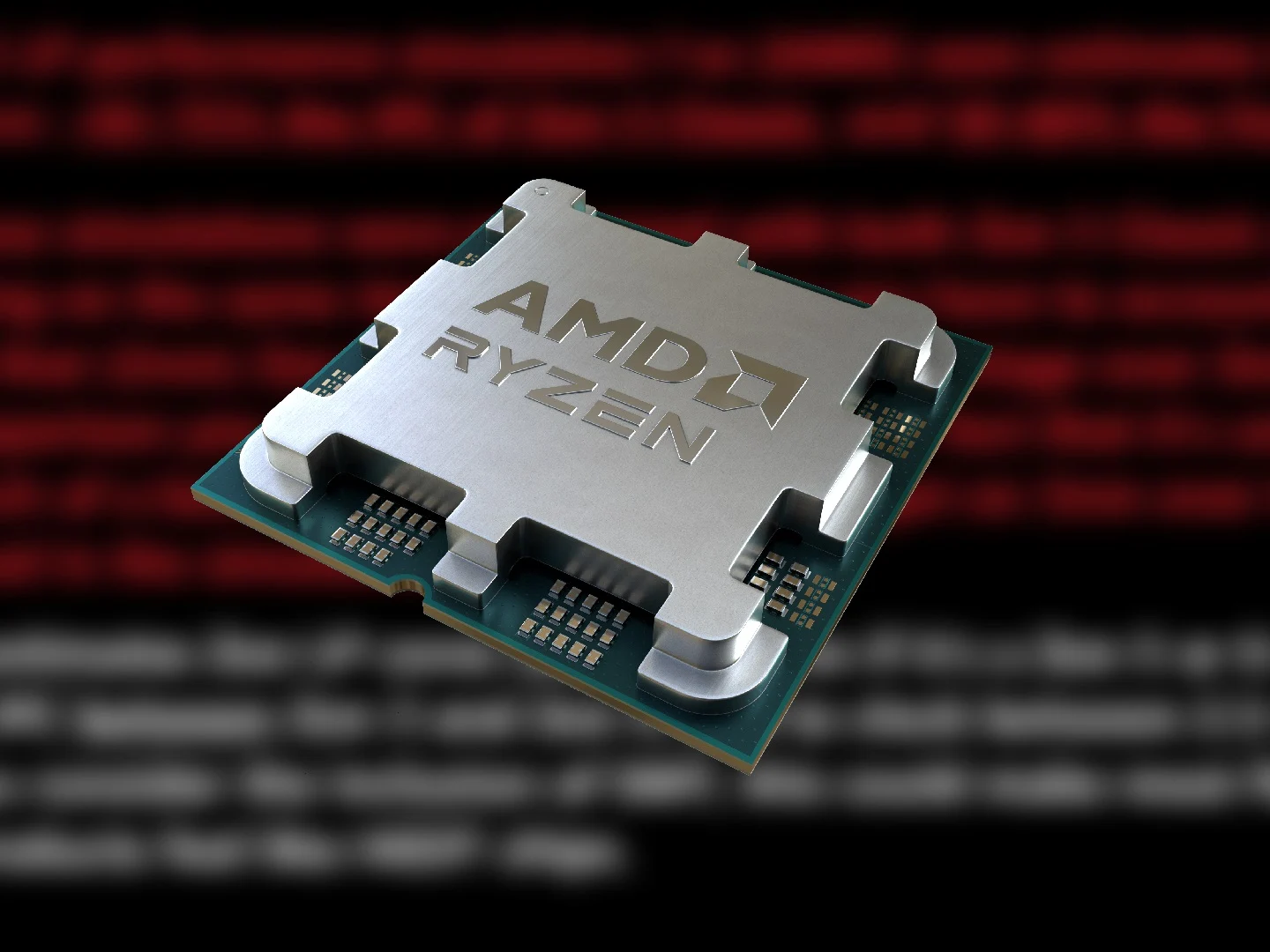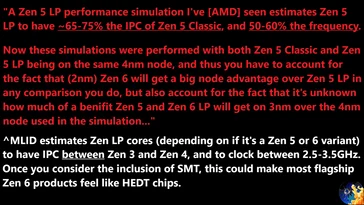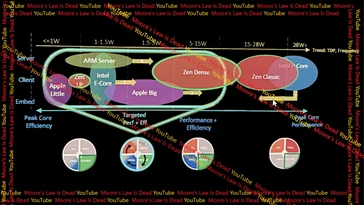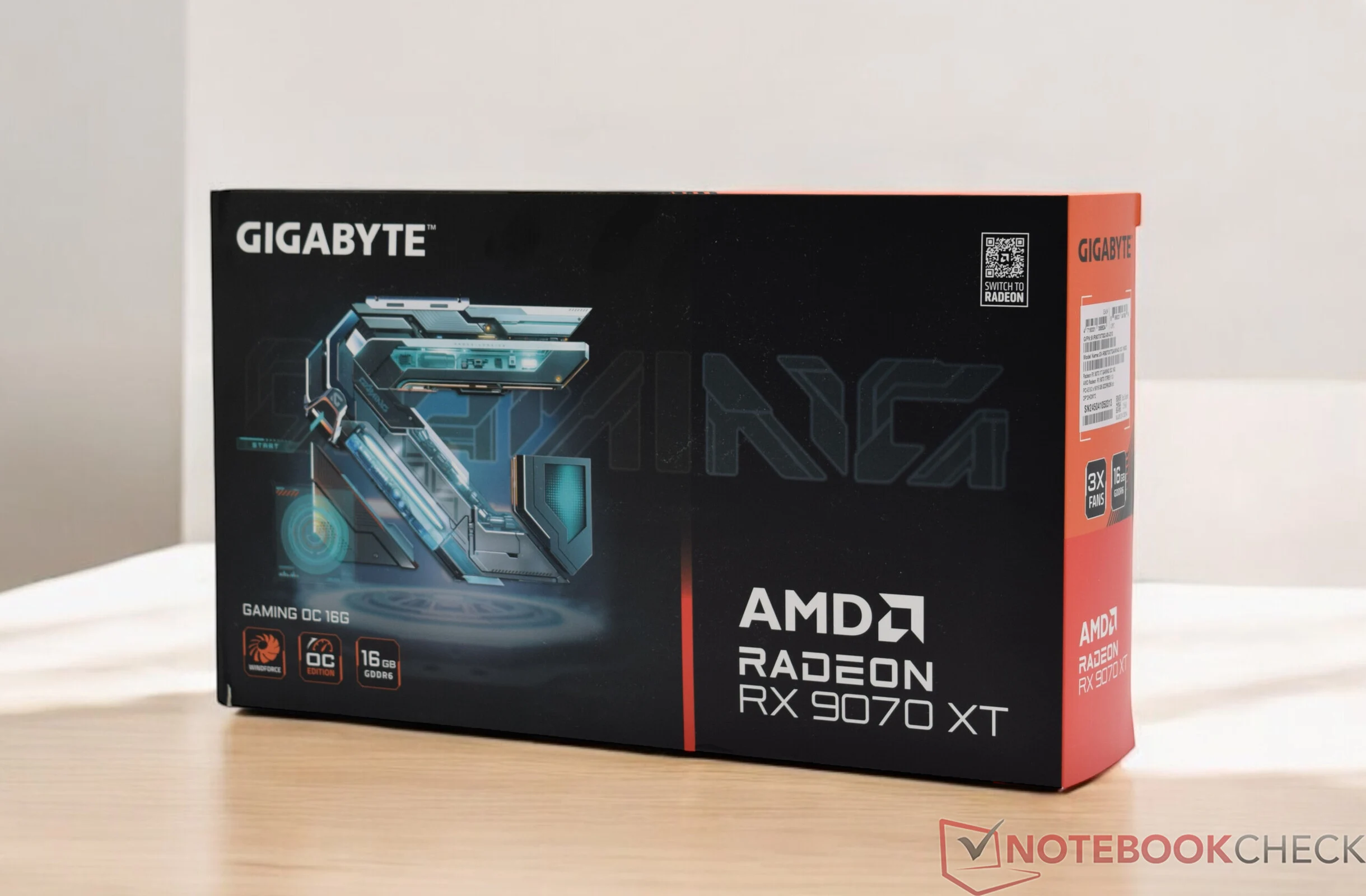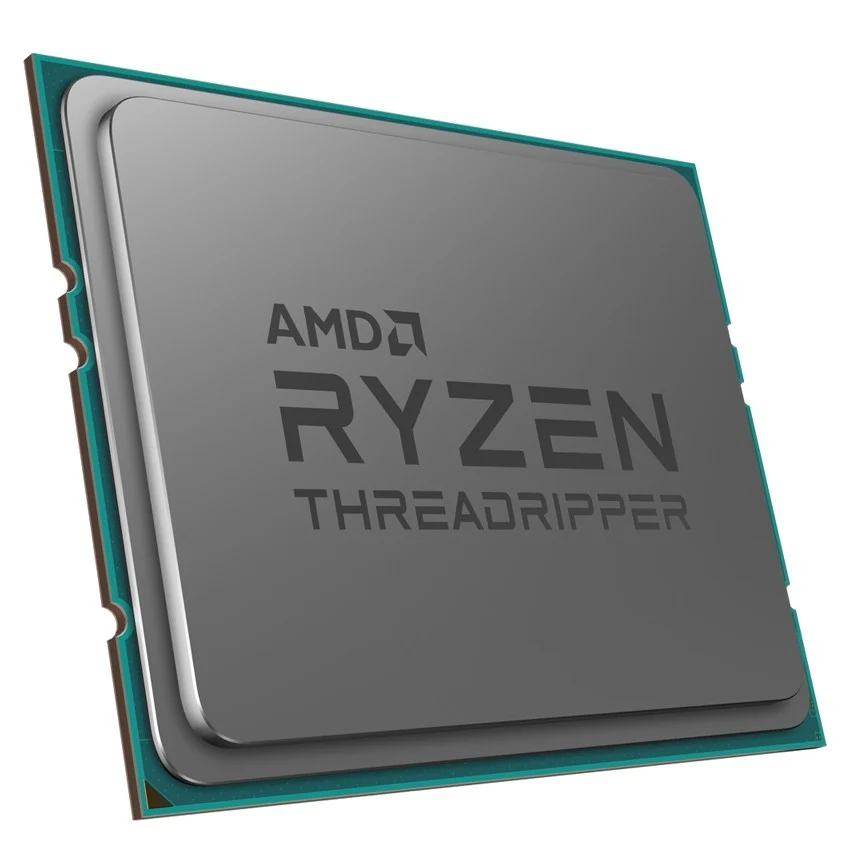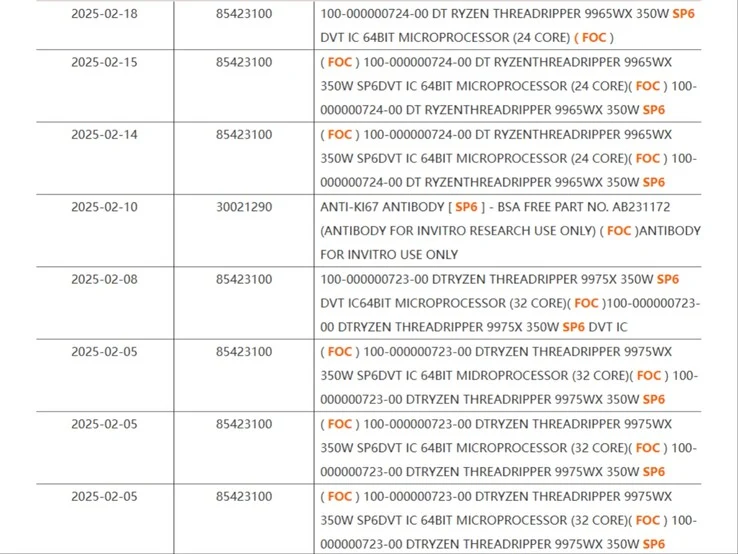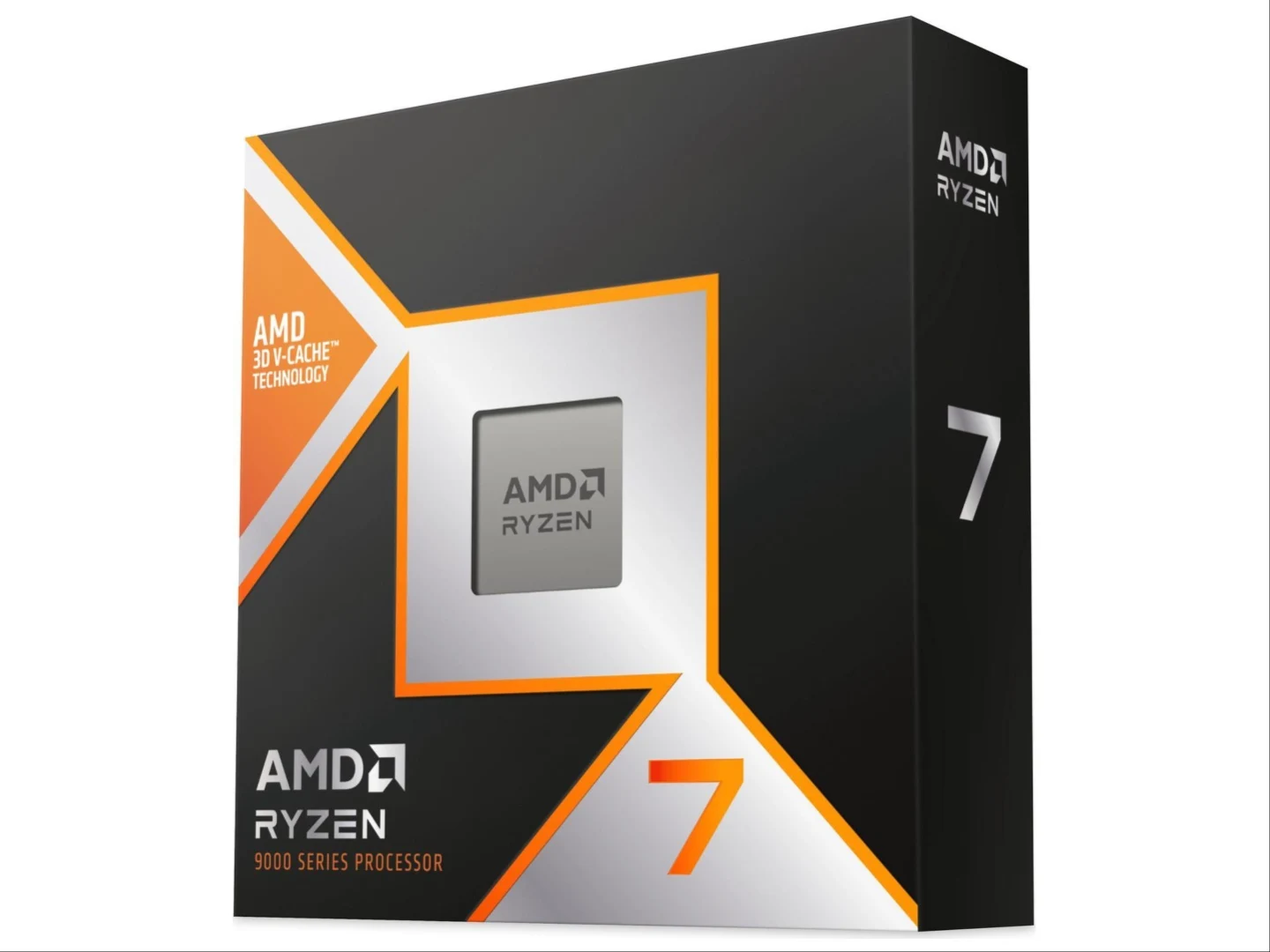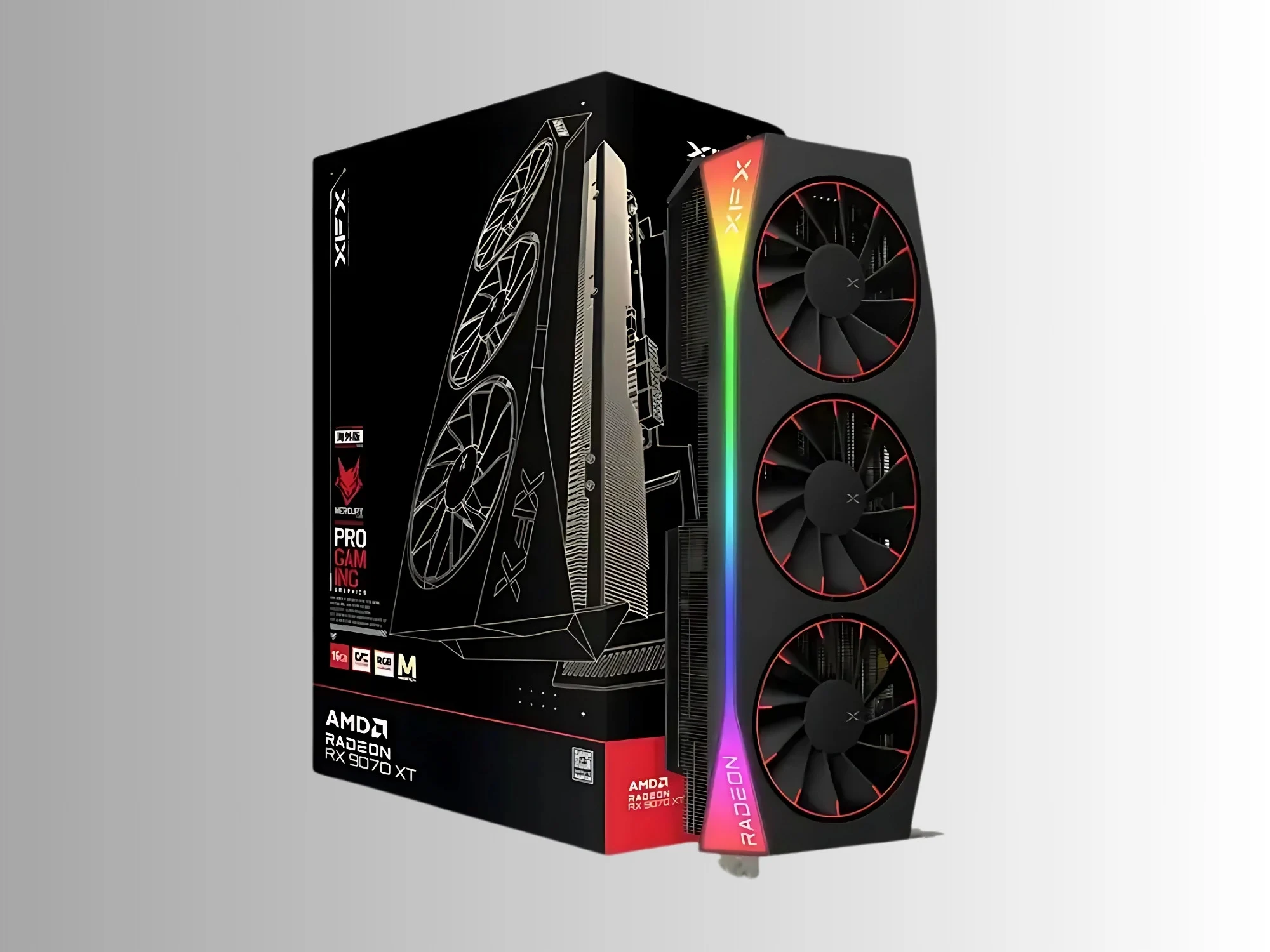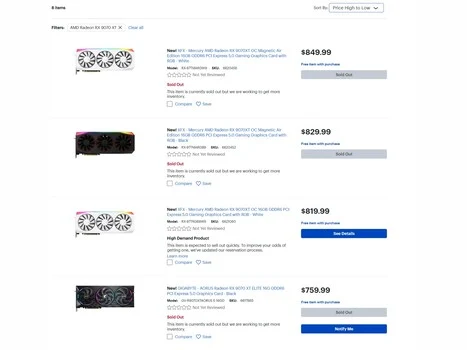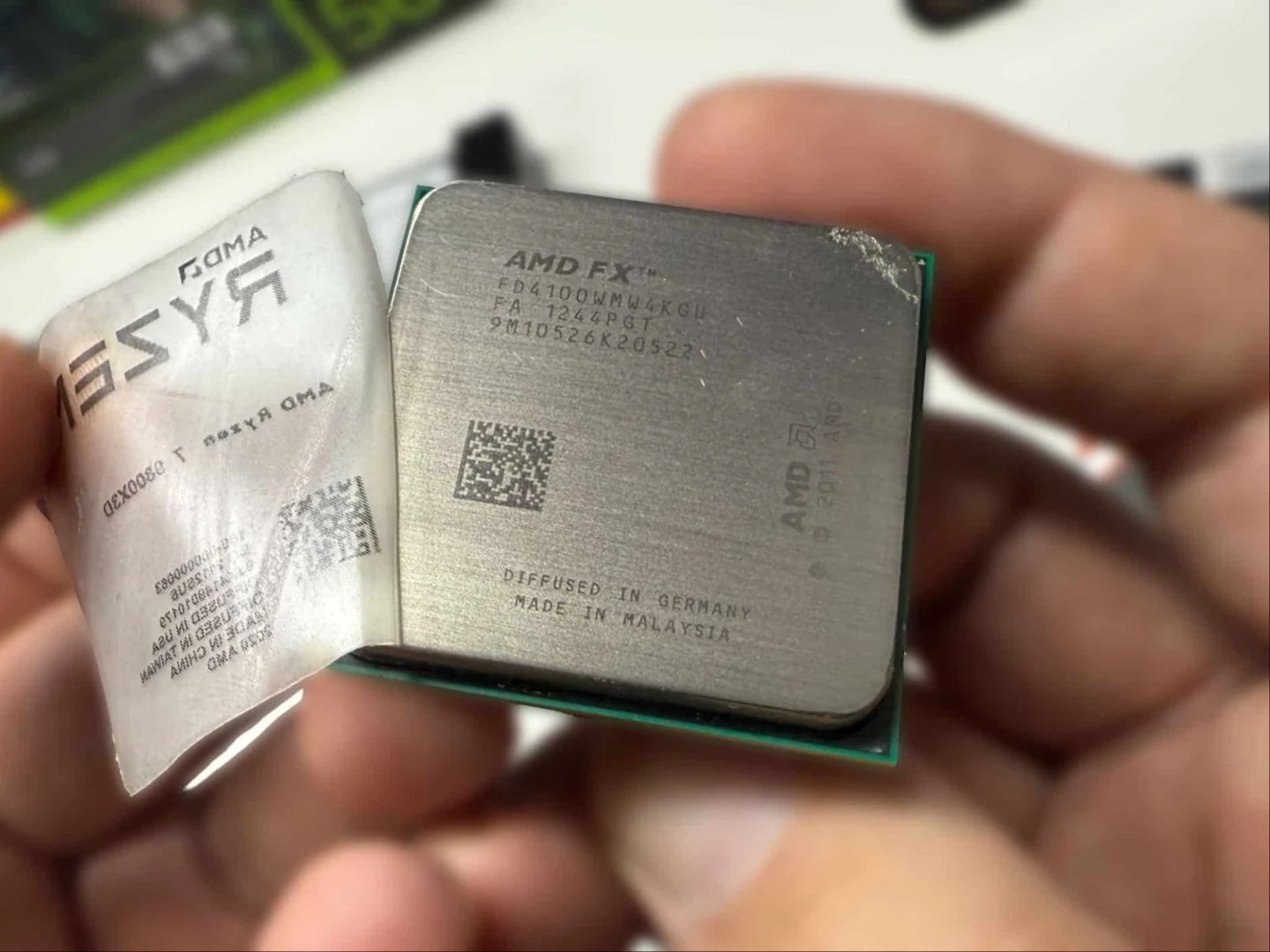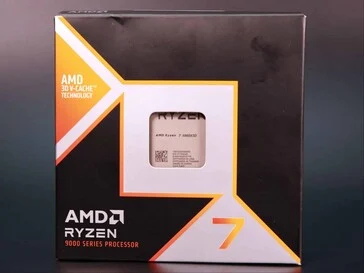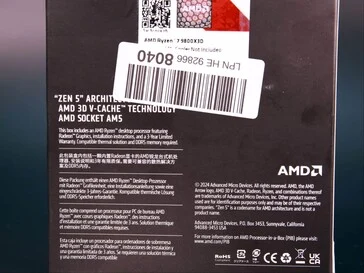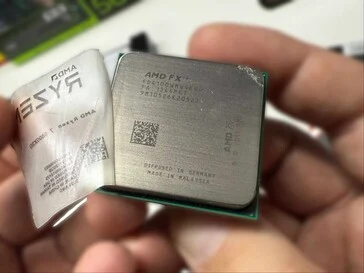Key Takeaways
1. The RX 6500 XT faced harsh criticism upon its release in January 2022 for poor performance and high pricing, with some calling it the worst GPU release ever.
2. The RX 6500 XT is priced at $200, features 4 GB of RAM, and operates on a 64-bit bus, making it unsuitable for contemporary AAA games.
3. A new version, the RX 6500 non-XT, has been released with similar specifications but lower memory speeds, resulting in reduced memory bandwidth.
4. The RX 6500’s low 55 W TDP allows it to draw power through the PCIe interface, making it suitable for compact PC builds.
5. The RX 6500 is not currently available in Western markets, leading buyers to consider alternatives like the RX 6500 XT, RX 6600, and RX 7600.
When AMD introduced the RX 6500 XT in January 2022 during the GPU crisis fueled by cryptocurrency mining, many critics condemned the card as a terrible product that should have never been created. For example, TechSpot’s Steven Walton referred to the RX 6500 XT as “the worst GPU release” he had ever seen. The backlash against the RX 6500 XT stemmed from its performance and its pricing.
Pricing and Specifications
Priced at $200 with only 4 GB of RAM on a 64-bit bus, the RX 6500 XT was seen as a poor choice for playing contemporary AAA games at that time. Fast forward three years, the standard Radeon RX 6500 has appeared, also sporting limited specifications.
A Chinese AIB known as Zephyr has recently launched the “4G Dual ITX” RX 6500 non-XT, which shares the same memory and core setup as the RX 6500 XT. This card features a Navi 24 GPU, equipped with 1,024 Stream Processors, a boost clock of 2,066 MHz, 4 GB of 16 Gbps GDDR6 VRAM, a 64-bit bus, and a TDP of just 55 W. As the RX 6500 seems to have lower memory speeds compared to the RX 6500 XT, its memory bandwidth will be even less than the already modest 144 GB/s.
What Makes It Unique?
While the RX 6500 may not inspire much excitement, some users could find its low 55 W TDP appealing. This design allows the RX 6500 to draw power entirely through the PCIe interface. With a minimal power draw and without needing extra power cables, enthusiasts of compact PC builds can utilize the RX 6500 to create very small systems.
So, if you need a simple display adapter for a PC monitor or a GPU to run lighter AAA or indie games, the RX 6500 might be a good fit.
Availability Concerns
Nonetheless, there is no news about the RX 6500 being available in Western markets. Therefore, those looking for budget-friendly GPUs should consider alternatives like the RX 6500 XT, RX 6600, and RX 7600, which are all purchasable from Amazon.
Source: ITHome via @realVictor_M on X and VideoCardz, Teaser image: Zephyr, BoliviaInteligente on Unsplash, edited.
Source:
Link

